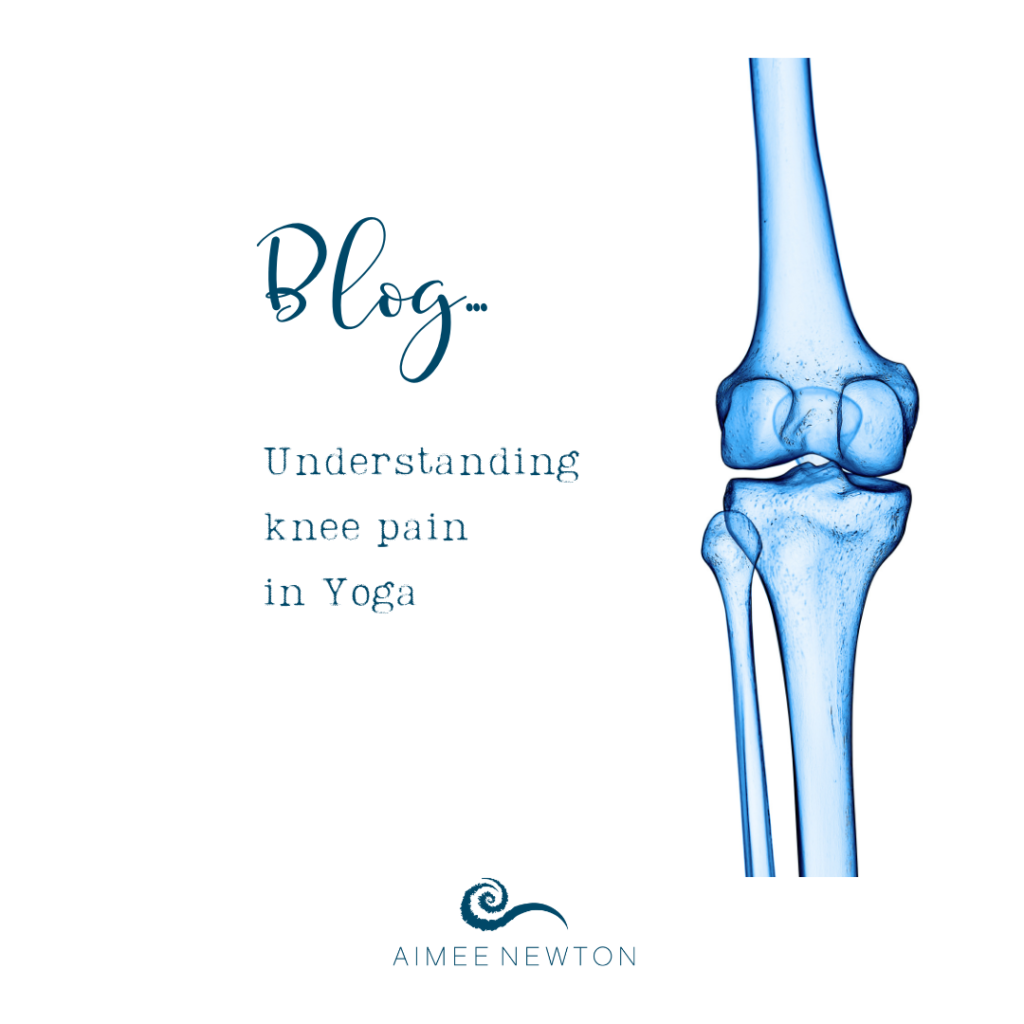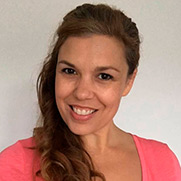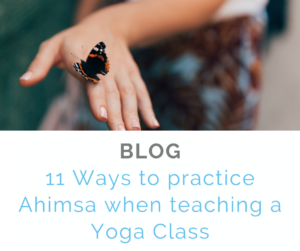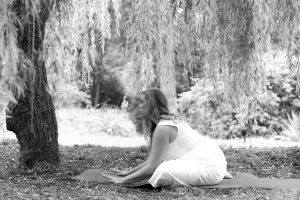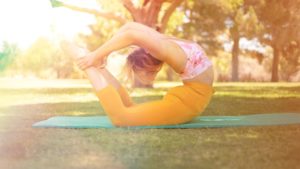Preventing and managing knee pain is a very common consideration for Yoga Teachers.
In order to effectively manage painful knees in a Yoga class it is first important to understand anatomically what movements the knee is capable of and then to apply this to the individual on the mat in front of you. This can be quite a challenge in a group class but learning to manage different shaped bodies is key to become an inclusive and experienced teacher.
Let’s look at some basic anatomy.
The synovial joint of the knee is a hinge and therefore the main movement available in that area is flexion and extension (bending and straightening). There is some minimal rotation in the flexed position. The knee is not a very congruent joint and several different types of ligaments, inside and outside the joint capsule, support the structure.
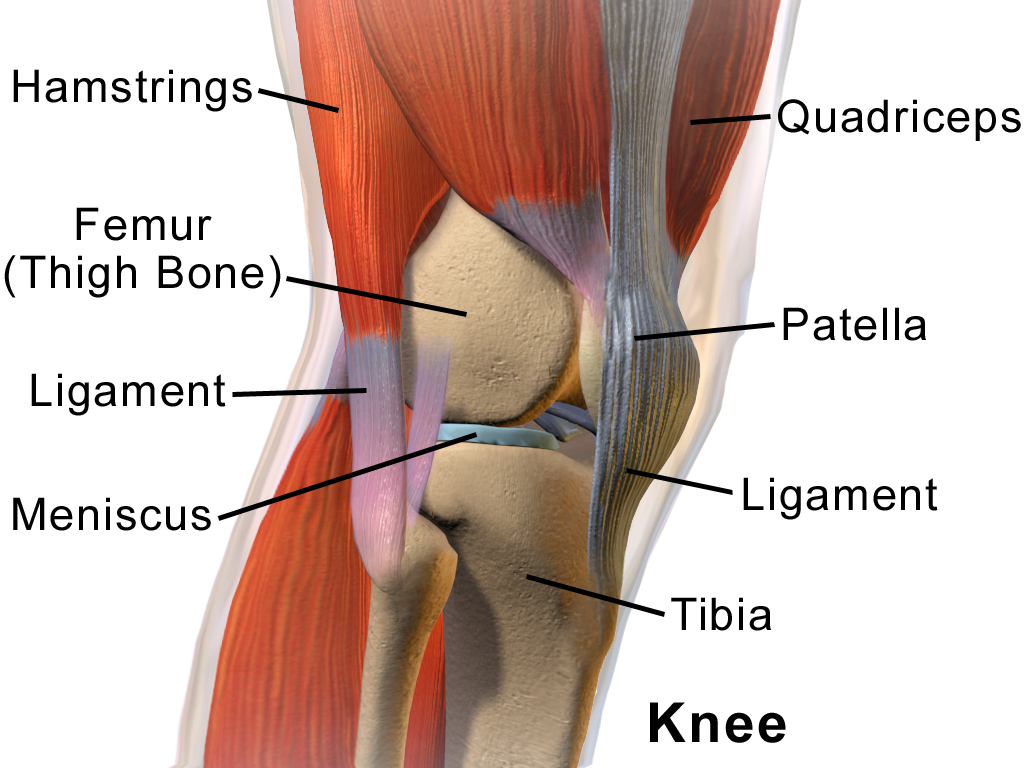
There are four major ligaments in the knee. Ligaments are elastic bands of tissue that connect bones to each other and provide stability and strength to the joint. The four main ligaments in the knee connect the femur (thighbone) to the tibia (shin bone), and include the following; Anterior cruciate ligament (ACL), Posterior cruciate ligament (PCL), Medial collateral ligament (MCL) and Lateral collateral ligament (LCL).
The knee also contains something called the meniscus, a C-shaped piece of tough, rubbery cartilage that acts as a shock absorber between your shinbone and thighbone. It can be torn if you suddenly twist your knee while bearing weight on it.
But the body is a unit and we should not just look at the knee to understand why there may be pain or injury. The function of the joint is effected by the mobility and the anatomy of the hip above and the foot below. There is huge variability in the angle and rotation of the femur (thigh bone). Terms such as the Q-angle, Genum Varus and Genu Valgus or the angle of femoral anteversion and retroversion are used to describe this variability in skeletal structure of the lower extremity.
Ultimately what it means, in regard to the knees, is that every body’s legs have a different structure and therefore different baseline mobility that is predefined by bony limits. Therefore each individuals ability to place their body in a different shape is highly variable with different limitations. On a Yoga mat when translating this to asana we cannot expect everyone to be able to achieve the same shape. Cookie cutter Yoga postures or standard, one size fits all asanas do not respect this anatomical variation and can lead to straining of the joints.
Some poses which could be potentially strain the knee and may need careful consideration for adapting to each student are-
- Warrior poses
- Lunge-based poses
- Triangle pose
- Any kneeling poses
- Asymmetrical seated postures (especially with one leg bent)
- Any lotus-based position
Dictating where feet should be placed or how a pelvis should be orientated, without respect for this individual structure in the body, may put unnecessary strain through the knees leading to or aggravating an injury.
In addition, it is also important to remember that every body’s range of movement is also different; hypermobility is extremely common in Yoga practitioners, especially in the knees. Connective tissue disorders will exacerbate this strain through the joints. Therefore watching for hyperextended and locked knees is a big part of keeping our students knees injury free.
All of these factors will change how a yoga posture looks and feels to each person practicing it. Teaching students to FREE THEIR INNER TEACHER is key to preventing and managing injuries. Teaching not only proprioception but interoception and intuition are skills a yoga teacher should develop to support their students in a physical practice.
Top 7 things to look out for in your students
- Hyperextension of the knees
- How the kneecap tracks when the knee moves
- Inflammation and pain
- Collapsed arches in the feet
- Reduced hip mobility
- Angle of the knee in relation to the hip
- Rotational direction of the femur (thigh bone)
To understand more about knee anatomy in its relation to teaching Yoga you can join the free Bite Size Anatomy Facebook group for Yoga Teachers https://www.facebook.com/groups/bitesizeanatomy

